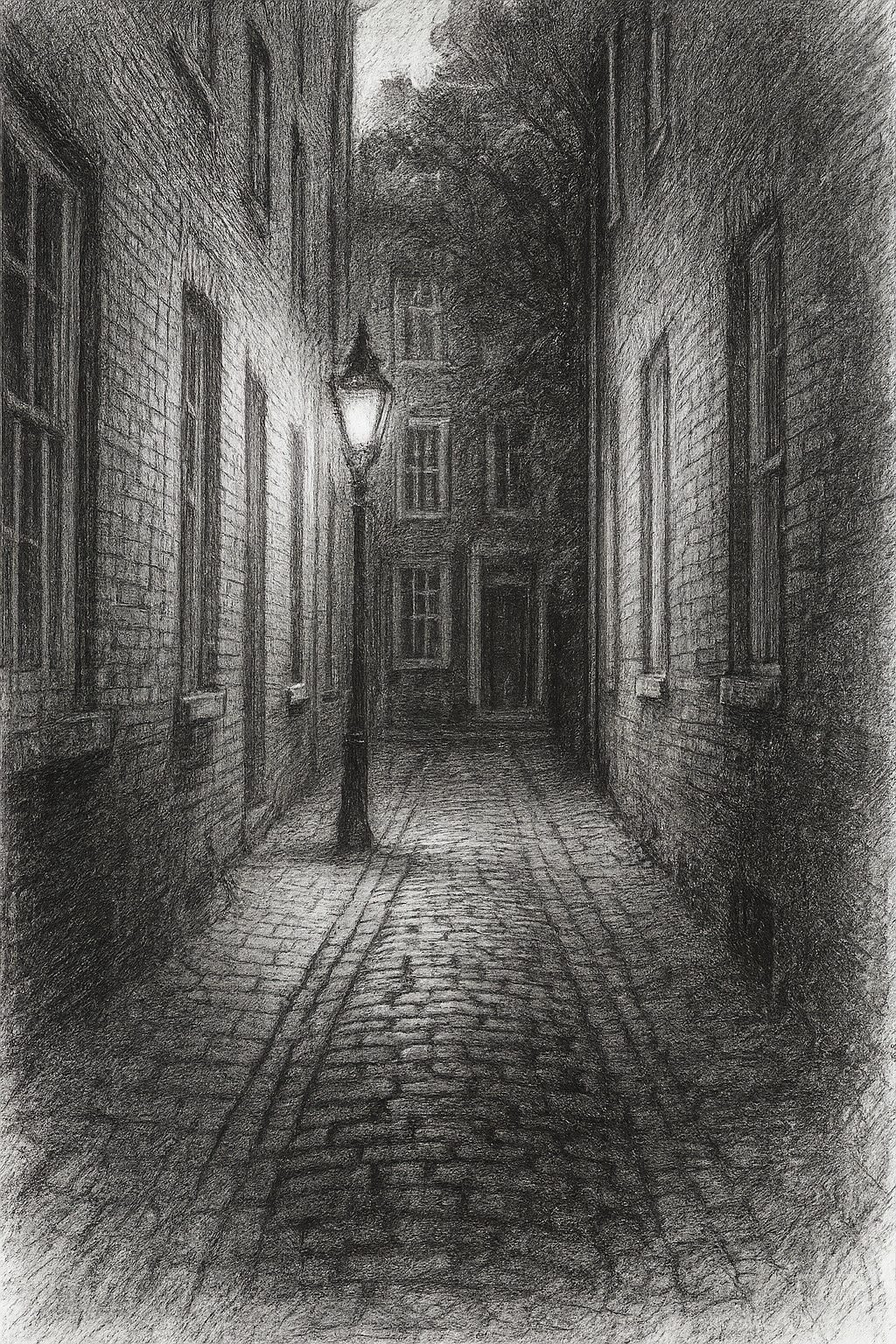Beneath the thrills and chills of a ghost tour lies something far more meaningful than just spooky entertainment. These eerie tales—of restless spirits, cursed alleyways, and haunted mansions—are, in fact, reflections of a place’s soul.
Ghost stories aren’t just about the dead. They’re about the living: what a community fears, remembers, and chooses to pass on. Here’s how ghost tours can help you understand the culture, history, and identity of the cities and countries you explore.
🕯️ Ghost Stories Preserve Oral History
Before printed books or formal museums, people shared stories around fires, in marketplaces, and at bedsides. These stories - of haunted wells or tragic spirits - often preserved real historic events, especially those excluded from the “official” record.
For example:
- In Singapore, tales of the Pontianak stem from deep-rooted fears around childbirth and feminine power.
- In Ireland, banshee lore reflects grief, lineage, and family structure.
- In the American South, haunted plantations often hint at the legacy of slavery and injustice.
Ghost tours help keep these stories alive, reminding us that history is often told best through folklore.
🧙♀️ They Reflect Cultural Beliefs About Death and the Afterlife
Every culture approaches death differently. Some fear it, some honor it, and others view it as a continuation of life. Ghost stories are a direct expression of these beliefs:
- In Mexico, ghosts and spirits are welcomed back during Día de los Muertos—a celebration of memory and family.
- In Japan, ghosts (yūrei) are linked to strong emotions and unresolved trauma, reflecting deep spiritual philosophies.
- In Scotland, restless souls in castles reflect a stoic view of fate, war, and betrayal.
When you take a ghost tour, you’re not just hearing “scary stories” — you’re gaining insight into how a culture understands the invisible forces that shape life and death.
👻 They Reveal What a Community Wants You to Remember
What do cities choose to haunt? Often, it’s the places they can’t forget, no matter how hard they try.
A ghost tour may highlight:
- Sites of injustice (like public executions or forced relocations)
- Scandals and betrayals that shaped politics or society
- Supernatural folklore that protected communities from real threats
These stories are often steeped in emotion, symbolism, and place-specific fears—telling you not only what happened but what mattered.
🧭 They Help You Walk in Someone Else’s Shoes
A ghost tour forces you to slow down and feel your surroundings. You might find yourself standing in a forgotten cemetery, a dark alley, or beneath a silent window—imagining the life of a soldier, a servant, or a child from centuries past.
Through this act of imaginative empathy, ghost tours allow travelers to:
- Experience unfamiliar emotional landscapes
- See colonial or urban histories from the perspective of the oppressed
- Understand whose voices have been left out of the dominant narrative
It’s not just sightseeing - it’s story feeling.
🌍 They Blend the Physical, Spiritual, and Social History of a Place
Ghost tours are inherently interdisciplinary. You get:
- Architecture (Why were certain buildings built the way they were?)
- Religion and superstition (Why were mirrors covered after death?)
- Language and idioms (“To give up the ghost,” “a skeleton in the closet”)
- Urban geography (How did cities evolve, and what parts were forgotten?)
It’s a crash course in cultural anthropology—wrapped in mist and mystery.
🌒 Conclusion: Ghosts Are a Mirror to Culture
Every ghost story is a story of something unfinished—a life cut short, a sin unpunished, a truth half-told. And that makes ghost tours the perfect way to explore what a culture values, fears, and refuses to forget.
So the next time you’re in a new city, don’t just look for the best views. Ask what haunts it - and you’ll find the stories that truly define it.
